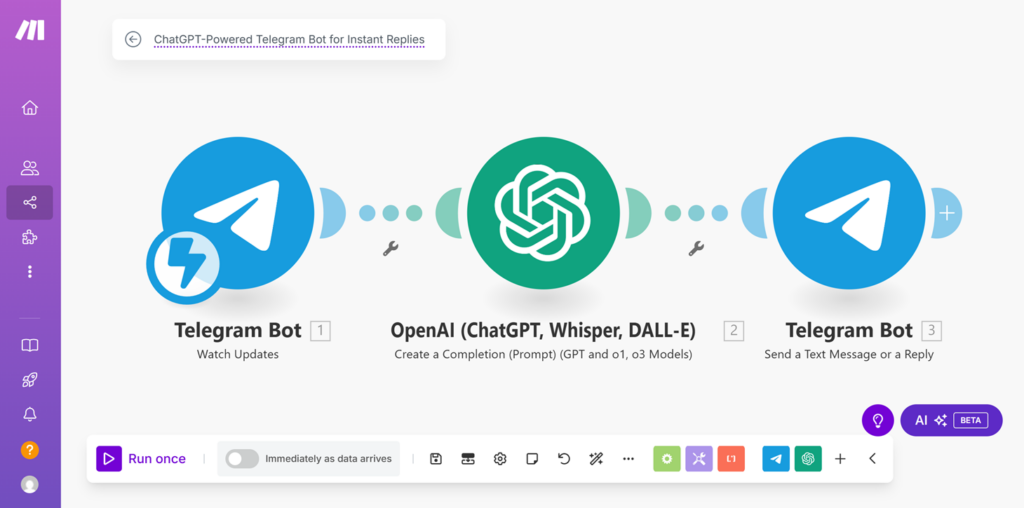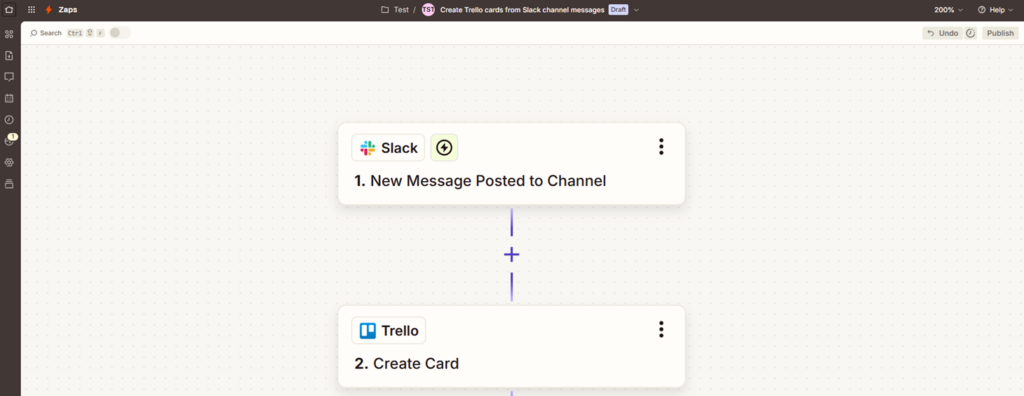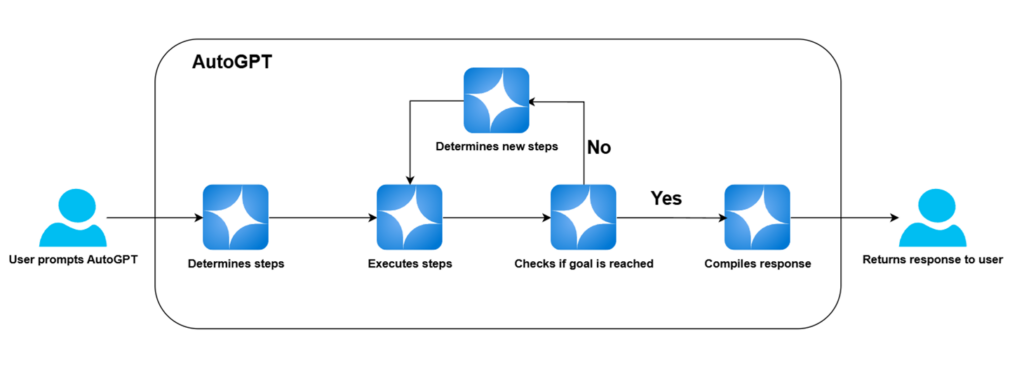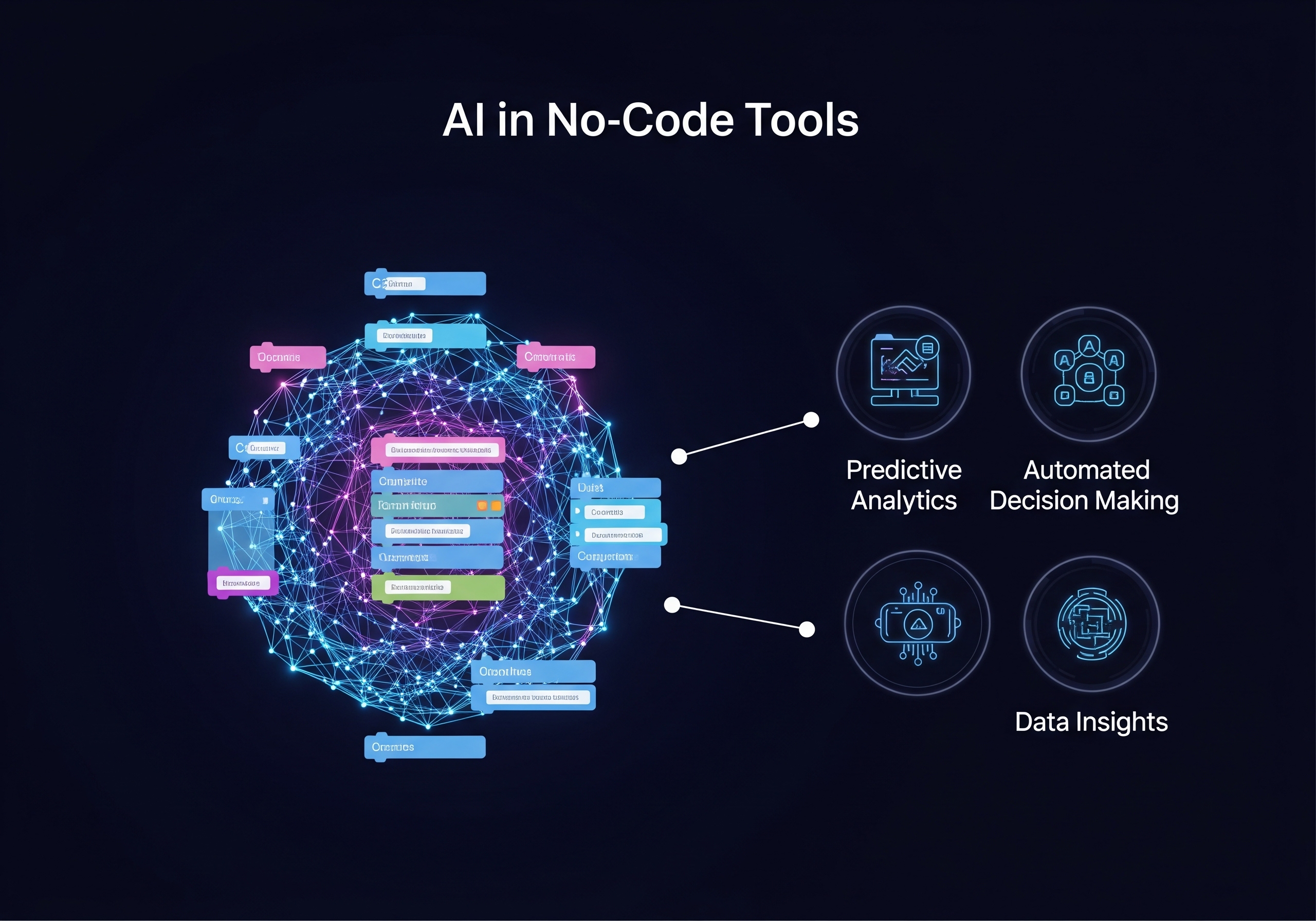2025-6-14
No-code automation platforms are transforming the landscape of process automation by offering tools that do not require traditional programming skills to create efficient workflows. These solutions are democratising access to technology and enabling a myriad of industries to streamline operations, hence fostering innovation.
No-code automation refers to the ability to automate tasks and workflows in business and personal settings without the need for coding knowledge. With intuitive interfaces and drag-and-drop functionality, these tools open new avenues for task management, efficiency improvements, and error reduction, accessible to all users regardless of technical skills.

n8n is a flexible, open-source automation tool that allows for highly customizable workflows. It offers both cloud-based and self-hosting options, making it versatile for different business needs.
Key benefits include an intuitive interface, advanced logic capabilities, and many out-of-the-box API integrations.

Make, formerly Integromat, provides users with powerful tools to automate visual workflows through a drag-and-drop interface, although it lacks a self-hosting option. Its pre-built templates significantly reduce setup time.

Zapier is renowned for its ease of use, especially among non-technical users. It offers an extensive library of integrations, though it is limited in customization options, and it has a subscription pricing model based on task usage volume.

Implementing no-code solutions can be a seamless and rewarding venture when approached correctly. Experts recommend starting with a clear roadmap that outlines the processes you aim to automate and their current pain points. This ensures that the adoption of no-code tools is strategic rather than hasty. By investing time to map out these workflows, businesses can unlock significant efficiencies while minimizing disruptions.
Feedback from early adopters of no-code platforms has highlighted the importance of training and buy-in from employees across all departments. While the tools are designed to be easy to use, cultivating a culture that embraces technology and continuous learning will optimize the adoption process. Additionally, including stakeholders throughout the decision process ensures that the tools selected align with specific organizational needs.
As with any technological initiative, adopting no-code automation is not without its challenges. One potential pitfall is the risk of overly simplistic workflows that may not cover complex operational needs. Although no-code tools can handle a wide array of tasks, more sophisticated processes might still require some level of programming or integration with more advanced systems.
Moreover, securing data within automated workflows is crucial. Businesses need to ensure that no-code platforms comply with industry regulations regarding data protection and privacy. Investing in platforms that offer robust security features and regular updates can mitigate these risks. Ensuring the platforms chosen are compliant with regulatory standards such as GDPR is critical for international operations.
A compelling case is illustrated by a mid-sized retail company that leveraged no-code tools to overcome manual inventory tracking hurdles. By implementing Zapier for its integrations between e-commerce, inventory management, and CRM systems, the company significantly reduced manual errors and improved inventory accuracy by 45% within months. This transition not only saved operational costs but also enhanced customer satisfaction due to more reliable stock information.
The company’s journey exemplifies how aligning no-code solutions with precise business objectives can lead to transformative results. Other sectors, such as healthcare and finance, are also reporting improvements in efficiency and compliance, highlighting the versatile applications of these tools.
As technology advances, the future of no-code automation holds potential for integration with AI and machine learning, increasing the sophistication of automated tasks and improving decision-making processes across various sectors.
The integration of Artificial Intelligence (AI) with no-code platforms is poised to redefine automation wholly. AI can augment no-code tools by providing advanced predictive capabilities, decision-making support, and enhanced data insights. This fusion promises to elevate business intelligence and process efficiencies to unprecedented levels.
Emerging technologies are expected to bring about more contextual and smart automation platforms, which can adjust dynamically based on real-time data. For organizations, this means moving past static process automation to a more interactive and life-cycle oriented approach.

No-code automation stands at the forefront of technological advancement, offering an accessible gateway for all businesses to optimize operations regardless of their technical expertise. By leveraging these tools, organizations can achieve significant efficiencies, cost savings, and foster a culture of innovation. The benefits are particularly advantageous for those seeking to drive digital transformation swiftly and with minimal disruption.
Going forward, the integration of AI and other advanced technologies will expand the capabilities of no-code platforms, further fortifying their position as essential assets in modern digital strategies. Companies that embrace these transformational tools will not only enhance their competitiveness but also future-proof their operations in an ever-evolving marketplace.